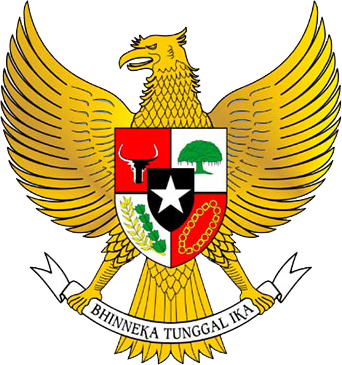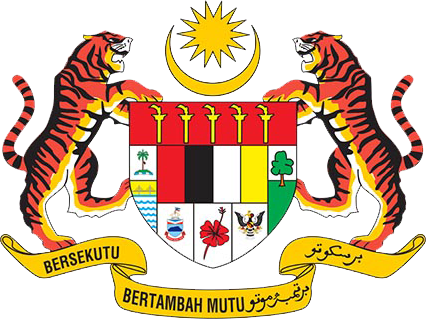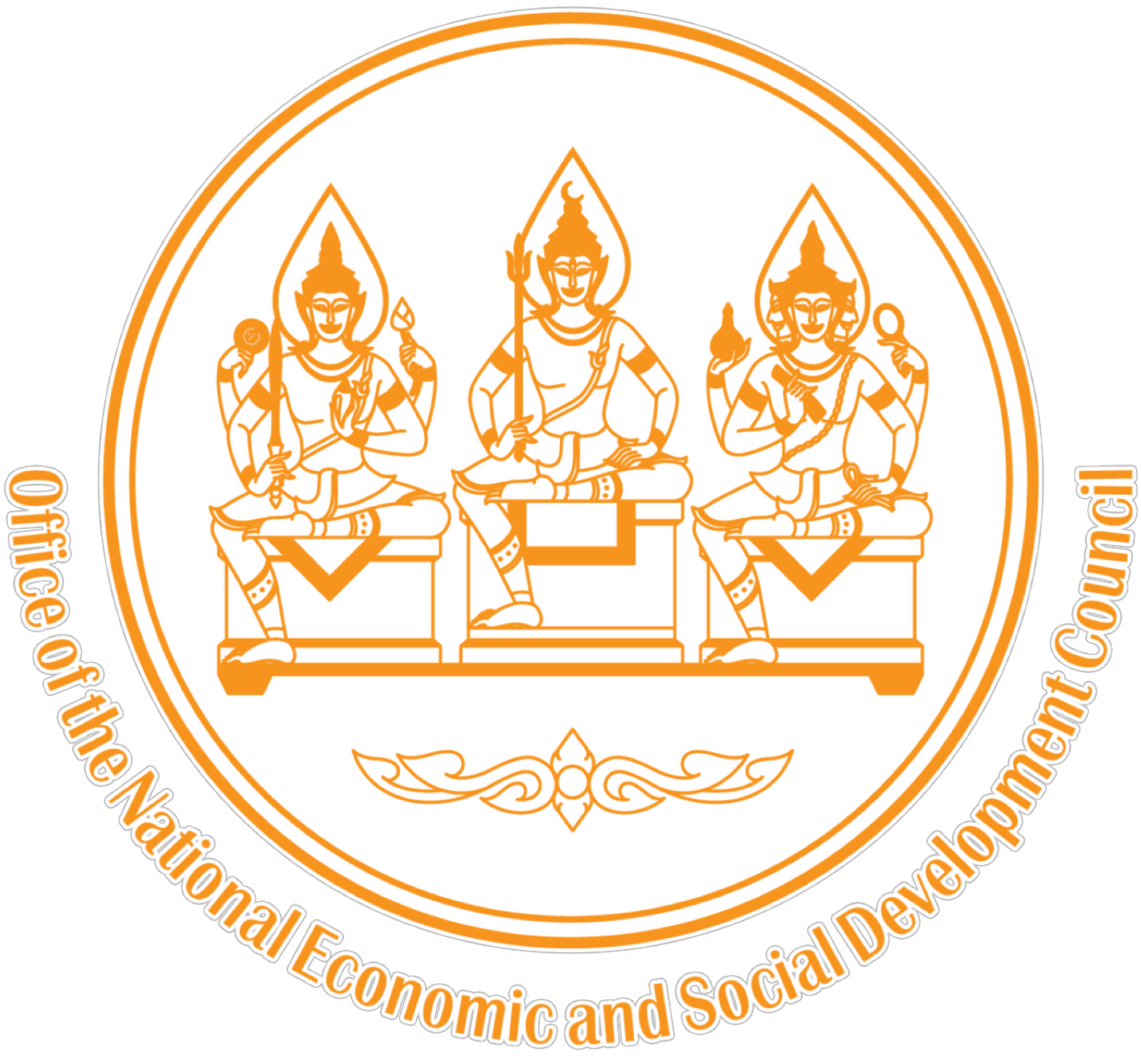
Vision 2036
IMT-GT’s vision is to become an integrated, innovative, inclusive, and sustainable subregion by 2036. It is a shared strategy for promoting growth through greater regional economic integration and innovation, and conserving and investing in IMT-GT’s natural capital for the well-being of the present and future generations. It is also a long-term strategy for empowering its people to contribute ta and benefit from the socioeconmic development of the subregion. The vision is formulated with the IMT-GT people as the centrepiece of all regional development efforts.
Three Priority Goals
To realise the vision, IMT-GT will strive to deliver three priority subregional goals:
- Sustainable, inclusive and innovative agriculture sector
- Competitive, innovative and advanced industrial base
- Sustainable, inclusive and competitive advantages of IMT-GT, the potential for strong and sustained economic growth with significant multiplier effects throughout the subregion’s economy
Three Guiding Approaches
IMT-GT adopts the following three mutually reinforcing approaches to ensure the subregion’s future success:
- Project-centric approach towards greater regional integration
- Project-specific and location-specific regulatory reforms (joint debottlenecking effort)
- Spatial approach to regional development
The first approach emphasisess on the need to identify and inplement catalytic projects that are scallable, replicable and sustainable in order to propel IMT-GT to the next level of economic cooperation and towards economic integration.
The second approach underlines the importance of instituting project-specific and/or location-specific (between port pairs or between border city/town pairs) rule and regulatory changes to accelerate project implementation. More often than not, joint project that aim to move goods, people and vehicles across the borders face administrative, technical and regulatory bottlenecks on both sides of the border. This calls for a joint and coordinated debottlenecking effort from all Member Countries. Based on the principle of reciprocity, action may be undertaken on a bi-lateral or tri-lateral basis, depending on individual project requirements.
The third approach and Economic Corridor Programmes and Projects section show how IMT-GT can maximise the economic network externalities of the five priority economic corridors through improving physical connectivity, addressing software deficits, infusion of innovation and creation of cross-border value chains.
It also underscores the importance of applying a spital approach to better plan and manage IMT-GT’s national resources and conserve the natural environment. Being part of the biogeographical region called Sundaland, IMT-GT Member Countries share the same sea and many of their coastlines, forests and watershed areas are physically linked. Spatial management measures are effective for optimising the usage of the subregion’s natural resources, sustaining its resource-based industries over the long run and conserving the rich biodiversity.
Mainstreaming Private Sector and Local Governments
IMT-GT places the private sector and local governments at the heart of its efforts to accelerate subregional economic and social development. These two key stakeholders will take strong ownership of and be the main drivers of IMT-GT projects. Together with the local community, they will be the direct beneficiaries of IMT-GT projects.
At a project level, IMT-GT will adopt a bottom-up approach in project identification, planning and formulation. More project proposals will originate from the private sector and local governments so that projects implemented are directly relevant to them and addressed their priority needs.
At an institutional-level, IMT-GT will undertake specific measures to enhance the role of the IMT-GT Joint Business Council (JBC). This includes a measure to legally register JBC to boost its internal organisational strengths, its policy advocacy capability, its role as a regional coordinating body for the private sector, and its ability to recruit new members, fundraise and enter into formal contract and partnership with partners.
Specific measures for mainstreaming the participation of the local governments (LG) include:
- Developing a robust communications system to facilitate vertical and horizontal information flows;
- Proposal on setting up subnational level LG secretariat as an in-country focal point for the LG to interface with other in-country IMT-GT bodies and local businesses;
- Implementing targeted capacity building programmes for the LGs, such as programmes on sensitising them on the potential benefits and impacts of IMT-GT programmes on local communities;
equipping them with the knowledge and skills that will enable them to advocate local interests at IMT-GT forums; and enhancing project management capacity with the view of generating bottom-up projects.




